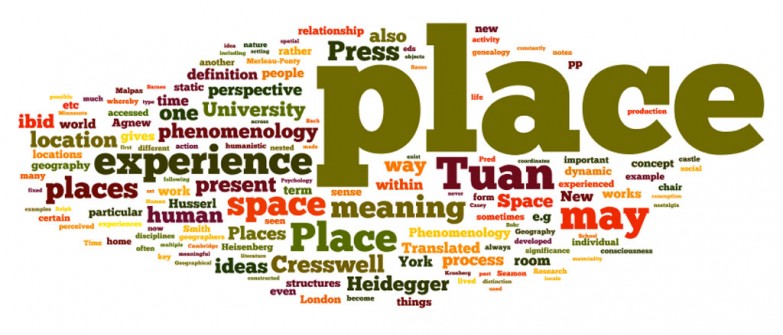Scientists, physical or social (however narrowly or broadly defined), deal in theory.“Theories are stories about how and why events occur…. Scientific theories begin with the assumption that the universe, including the social universe created by acting human beings, reveals certain basic and fundamental properties and processes that explain the ebb and flow of events in specific processes” (Turner, 1998, p. 1). Theory has numerous other definitions. John Bowers and John Courtright offered a traditional scientific definition: “Theories … are sets of statements asserting relationships among classes of variables” (1984, p. 13). So did Charles Berger: “A theory consists of a set of interrelated propositions that stipulate relationships among theoretical constructs and an account of the mechanism or mechanisms that explain the relationships stipulated in the propositions” (2005, p. 417). Kenneth Bailey’s conception of theory accepts a wider array of ways to understand the social world: “Explanations and predictions of social […]
Mass Communication Theories-II (5636) Exam Paper 2012
ALLAMAIQBAL OPEN UNIVERSITY Level: PGD/M.Sc Mass Communication Semester: Spring, 2012 Paper: Mass Communication Theories-II (5636) Maximum Marks: 100 Time Allowed: 03 hours _ Pass Marks: 40 Note: ATTEMPT ANY FIVE QUESTIONS. ALL CARRY EQUAL MARKS. Q. No Questions 1 What role groups can play in shaping people’s political attitudes? 2 What does the agenda-setting theory assume? What does the Chappel Hill study concluded about the agenda-setting theory? 3 What do you know about the Knowledge Gap Hypothesis? Do you see any effects of the new technology on the Knowledge Gap Hypothesis? 4 Explain the theory of spiral of silence. 5 What are the main assumptions of the uses and gratifications theory? 6 What are those conditions which scholars consider as the basic requirements for media effectiveness? 7 Write short notes on the following: i. Media determinism ii. Functions of mass communication
Mass Communication Theories-I (5635) Exam Paper 2012
ALLAMAIQBAL OPEN UNIVERSITY Level: PGD/M.Sc Mass Communication Semester: Spring, 2012 Paper: Mass Communication Theories-I (5635) Maximum Marks: 100 Time Allowed: 03 hours Pass Marks: 40 Note: ATTEMPT ANY FIVE QUESTIONS. ALL CARRY EQUAL MARKS. Q. No Questions Marks 1 What does theory-mean in research? What are the concerns of users in mass communication, and how mass communication theories helps us understand these concerns? 20 Discuss the characteristics of scientific method of knowing which differentiate it from other methods of knowledge. 20 3 What do you mean by model? Discuss the criteria of evaluation of a model. 20 4 What techniques are generally used in persuasion? 20 5 Discuss the cognitive dissonance theory in respect to information selection and avoidance. 20 6 What do you know about the characteristics of language? 20 7 Write short notes on the following: i. Induction and deduction in […]
Various Newspaper Chains in Pakistan
Q.5 Discuss the various newspaper chains in Pakistan. Various Newspaper Chains in Pakistan: The typical Pakistani newspaper is of regular rather than tabloid size, averaging about 20 pages per issue. Most newspapers have a weekend, midweek, and magazine section. All the leading newspapers, including Jang , Nawa-e-Waqt , Dawn , The Nation The News International , and Business Recorder , have online editions The All-Pakistan Newspaper Society (APNS) estimated that the total combined circulation figure for daily newspapers and other periodicals was 3.5 million in 1997. Print media included 424 dailies, 718 weeklies, 107 fortnightlies, and 553 monthlies. Deficient literacy rates, urban orientation of the press, and the high price of newspapers are considered primary factors contributing to low circulation rates. Jang Group Jang Group is the top daily newspaper with a circulation of 850,000. Nawa-e-Waqt holds second place with 500,000, followed by Pakistan (279,000), Khabrain (232,000), The […]
Conditions of Media Effectiveness
Conditions of Media Effectiveness: Lazarsfeld and Merton say three conditions are required for media effectiveness: monopolization; canalization rather than change of basic values; and supplementary face-to-face contact. Monopolization occurs in the absence of mass media counterpropaganda. It exists not only in authoritarian societies but also in any society in which there is an absence of countering views on any issue, value, policy, or public image. Sometimes this near or complete absence is illustrated by the fact that when a “sacred” institution is questioned by the media, the article or program becomes the center of a storm of controversy and is remembered years later as an outstanding exception to the norm. An example is the CBS documentary “The Selling of the Pentagon,” which raised the question of what were termed “improper military information activities.” Many critics of the documentary generalized their criticism and said the program was an attack on the […]
Uses and Gratifications Theory
What does the Uses and Gratifications theory view? Uses and Gratifications Theory: One influential tradition in media research is referred to as ‘uses and gratifications’ (occasionally ‘needs and gratifications’). This approach focuses on why people use particular media rather than on content. In contrast to the concern of the ‘media effects’ tradition with ‘what media do to people’ (which assumes a homogeneous mass audience and a ‘hypodermic’ view of media), U & G can be seen as part of a broader trend amongst media researchers which is more concerned with ‘what people do with media’, allowing for a variety of responses and interpretations. However, some commentators have argued that gratifications could also be seen as effects: e.g. thrillers are likely to generate very similar responses amongst most viewers. And who could say that they never watch more TV than they had intended to? Watching TV helps to shape audience needs and expectations. U & G […]
